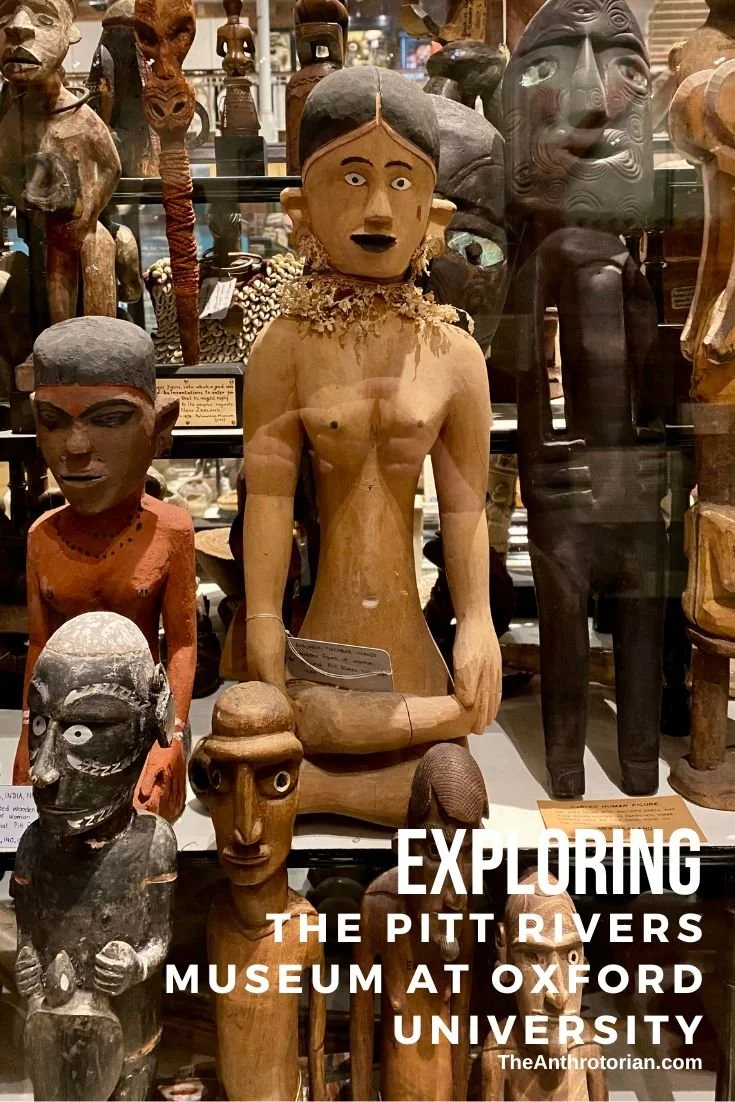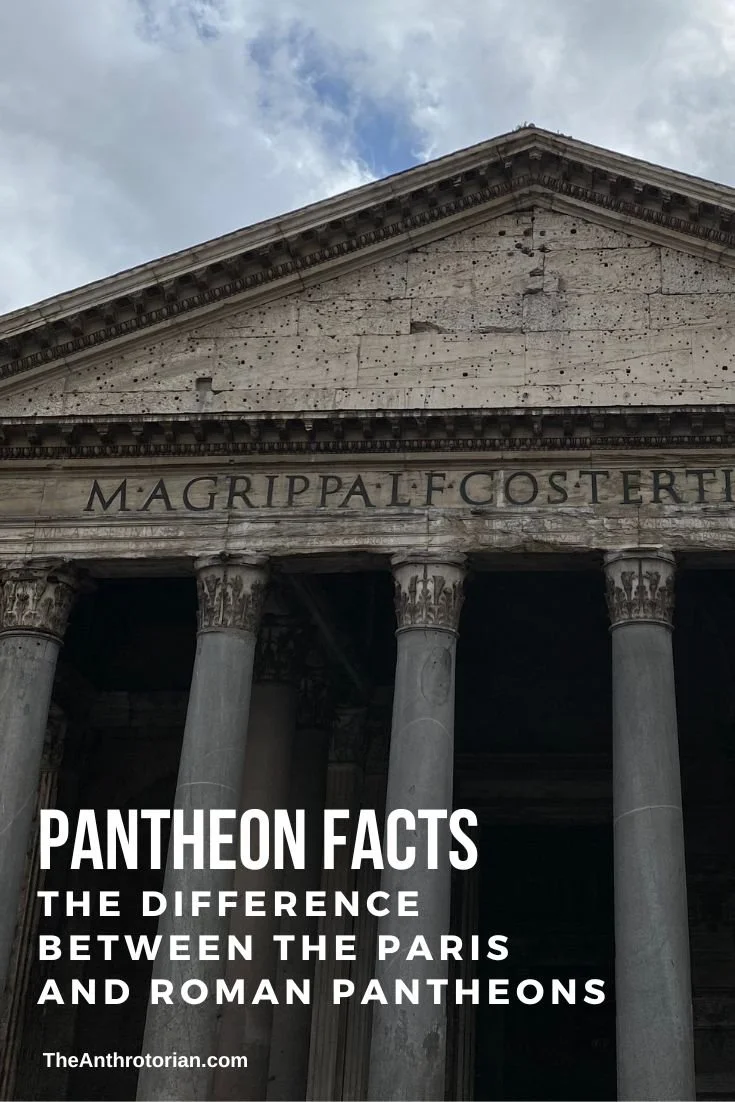In the fall of 2012, a team of archeologists from the University of Leicester discovered a skeleton under one of the town's parking lots. Shockingly, the skeleton turned out to be the lost remains in King Richard III who had been killed in battle in 1485!
A few weeks ago I had the pleasure of attending a lecture by Dr Jo Appleby (an expert in Osteoarchaeology aka the scientific study of human remains from archeology sites aka Bones from the TV show Bones) — the archeologist who helped discover, excavate and identify the bones.
So why should this discovery interest you? Because discoveries like this almost NEVER happen... EVER...
According to Dr Appleby, as a rule in archeology, you never go looking for something in particular. You dig and find what you find, but an actual search for something specific (like in Indiana Jones) is fruitless and not scientifically realistic. SO to attempt a search for something as specific as the remains of Richard III was laughable (in fact one of her colleagues told her that he would eat his hat if they actually found the skeleton).
BUT she did it anyway... and it’s a good thing she did!
After extensive research through historical sources, the team believed that they had identified the former location of the Greyfriars Friary, which was where it was believed that the King had been buried.
The problem? The assumed location was under asphalt parking lots and the city's council buildings. (In case you haven’t caught on yet, excavating under a building is not really a possibility.)
The solution? They started digging trenches in the lots hoping to find something — they did. Not only did they find walls, and relics, but they found a skeleton. Yup, you guessed it, that skeleton — the FIRST they found only a few centimeters below the pavement — was none other then King Richard III.
Now you might be wondering how they know he was Richard III. This is where it gets interesting.
First of all, the skeleton was found in a shallow, hastily dug grave, which is the type of treatment the king would have received having been killed in a war that was won by his enemy.
Second of all, the spine had a distinctive curve. Now, if you aren't aware, King Richard III was infamous for having a hunchback. Exactly what the skeleton was showing.
Thirdly, the wounds on the body matched those that would have occurred from weapons used in warfare during the king’s reign.
Radiocarbon dating also placed the bones in the right century, and a 3D model of the skull with muscles and skin was created that shows a striking likeness to known portraits of the former king.
But, none of this really confirmed anything until the DNA test. Yes, even though he was killed in 1485, mitochondrial DNA was still present in the teeth of the remains!
Through more extensive research into the bloodlines of this former king and his family members, 2 people from separate bloodlines were found who were thought to be his descendents. They agreed to take the test and IT WAS A MATCH — indisputable evidence that the remains found buried in a 'car park' in Leicester, England were none other than King Richard III.
Who says history is only in the past...
UPDATE: On Thursday, March 26, the remains of King Richard III was buried with pomp and dignity in the Leicester Cathedral. The service was attended by royalty, religious leaders, archeologists, actor Benedict Cumberbatch (?!), and other curious Britons. Thousands came to view his coffin in the days before his service, which was televised live. It was an amazing conclusion to the incredible saga of this ruler from life to death to rediscovery.










